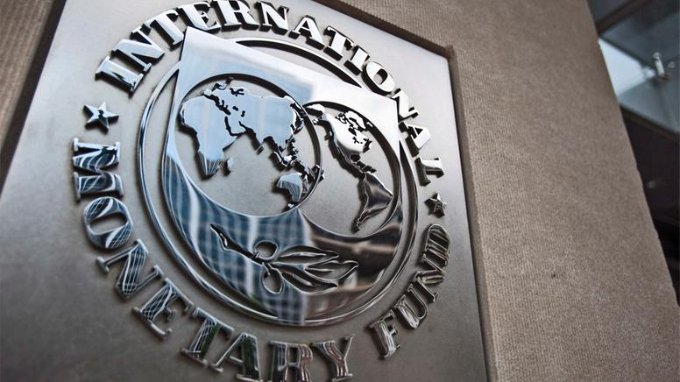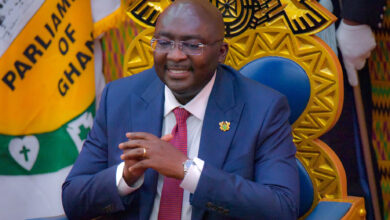IMF approves policy reforms to support recovery of low income countries

The executive board of the International Monetary Fund (IMF) has approved a set of reforms to the Fund’s concessional lending facilities to better support low income countries’ (LICs) during the pandemic and the recovery.
The executive board also approved an associated funding strategy to support the long-term sustainability of the Poverty Reduction and Growth Trust (PRGT).
These reforms are set to ensure that the Fund has the capacity to respond flexibly to LICs’ needs over the medium term while continuing to provide concessional loans at zero interest rates.
Fund lending to LICs increased dramatically in 2020—an eightfold increase from average lending levels in 2017–2019—and is projected to continue at elevated levels for several years, as LICs seek financial assistance to help them respond to and recover from the pandemic.
The bulk of future financial assistance is expected to be provided through multi-year lending arrangements—a shift from 2020, when most assistance was provided through the Fund’s emergency financing facilities.
The centerpiece of the approved policy reforms is a 45% increase in the normal limits on access to concessional financing, coupled with the elimination of limits on access to the poorest countries provided their economic programs meet the requirements for obtaining above-normal access.
These higher access limits will allow provision of more concessional support to countries with large balance of payments needs that are implementing strong economic programs to restore inclusive growth, while maintaining sustainable debt positions.
To support concessional financing to LICs through the PRGT, grant resources are needed to cover the costs associated with providing zero-interest lending.
In 2019, the PRGT was assessed to have sufficient resources to finance interest subsidies on the Fund’s concessional lending on a self-sustaining basis over the long term. However, the volume of pandemic-linked lending—already provided or expected to be provided in the next few years—far exceeds what had been anticipated or previously recorded, creating a sizable shortfall in the necessary resources.
The first stage of a two-stage funding strategy to strengthen PRGT finances would seek to raise SDR 2.8 billion in subsidy resources (to support zero interest rates), relying on a combination of Fund internal resources and voluntary contributions raised from the Fund’s economically stronger members. A further SDR 12.6 billion in PRGT loan resources would also need to be mobilized, which could be facilitated by the “channeling” of existing and new SDRs.
The second stage, set for 2024–25, would seek a lasting solution to the financing of the Fund concessional lending model, informed by an updated assessment of likely demand for Fund financing from LICs.





